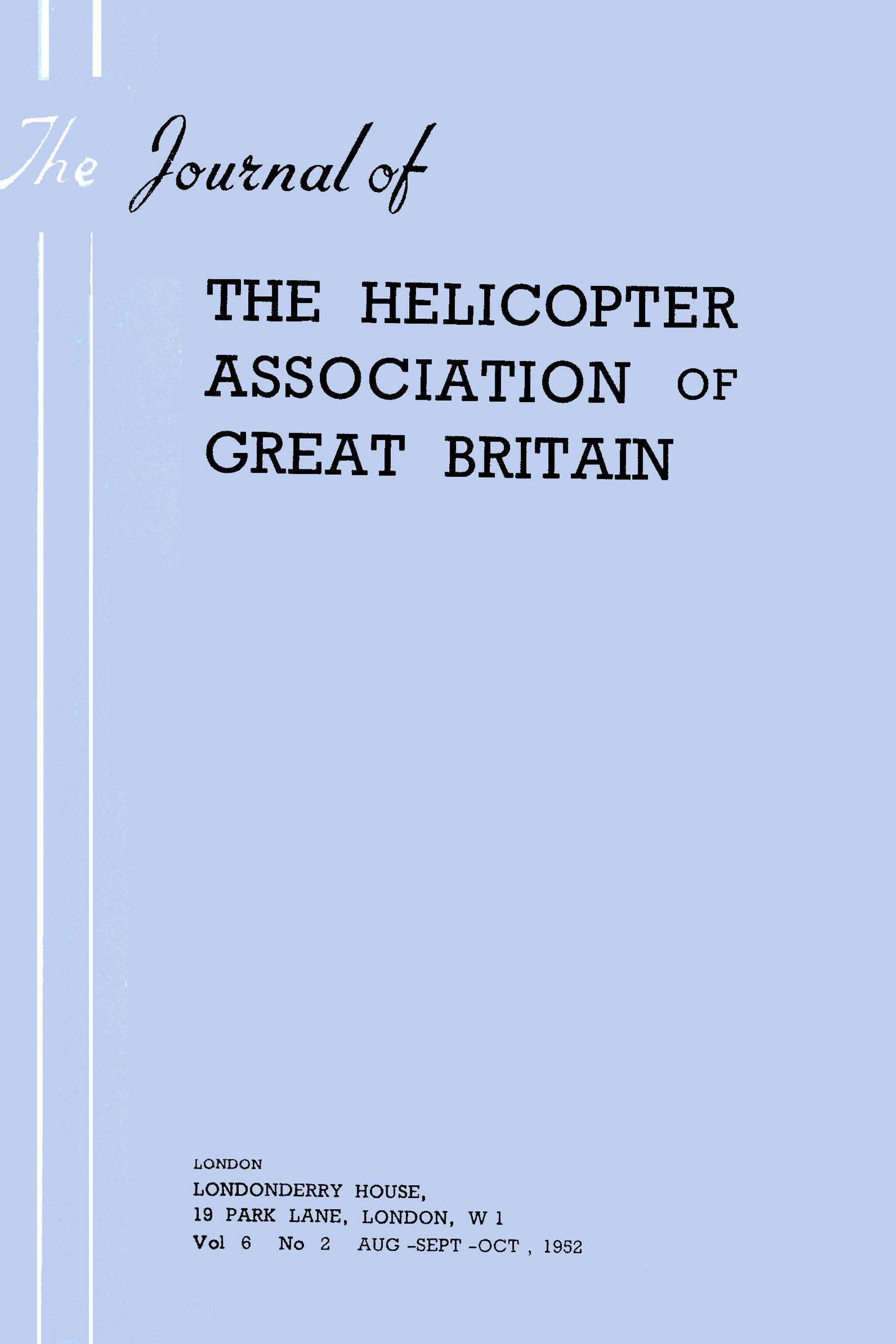No CrossRef data available.
Extract
Without a good aerial system an Aircraft Radio Equipment is about as useful as a helicopter without a rotor and yet it still happens that the proper provision and siting of aerials is neglected The intention of this paper is to outline the basic requirements of aerials for the radio systems in general used on helicopters and to show how the difficulties peculiar to this class of aircraft can be overcome
CLASSIFICATION
For the purposes of this discussion three broad categories of radio equipment can be distinguished These are
1 Low frequency—i e, up to 2 Mc/s or wavelengths greater than 150 meters In this range the major aircraft dimensions are much less than the wavelength
2 High frequency (H F) 2 to 30 Mc/s or wavelengths of 150 to 10 meters in which the aircraft size is becoming comparable with the wavelength
3 Very High frequency (VHF), 100 to 300 Mc/s wavelength to 1 meter where the major aircraft dimensions are appreciably greater than the wavelength but where cross-sectional dimensions may be of the same order
- Type
- Problems Relating to the Installation and Operation of Radio Equipment in Helicopters
- Information
- The Journal of the Helicopter Association of Great Britain , Volume 12 , Issue 1 , February 1958 , pp. 6 - 13
- Copyright
- Copyright © Royal Aeronautical Society 1957
Footnotes
This paper embodies material gathered by the author in the course of his work at Standard Telephones and Cables to whom the author’s thanks are due




